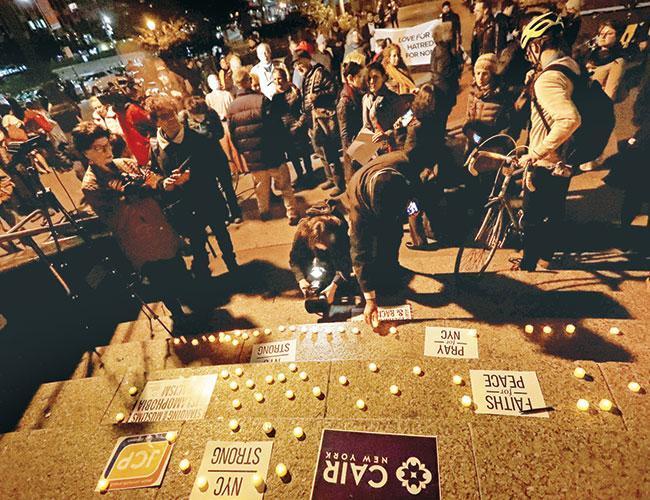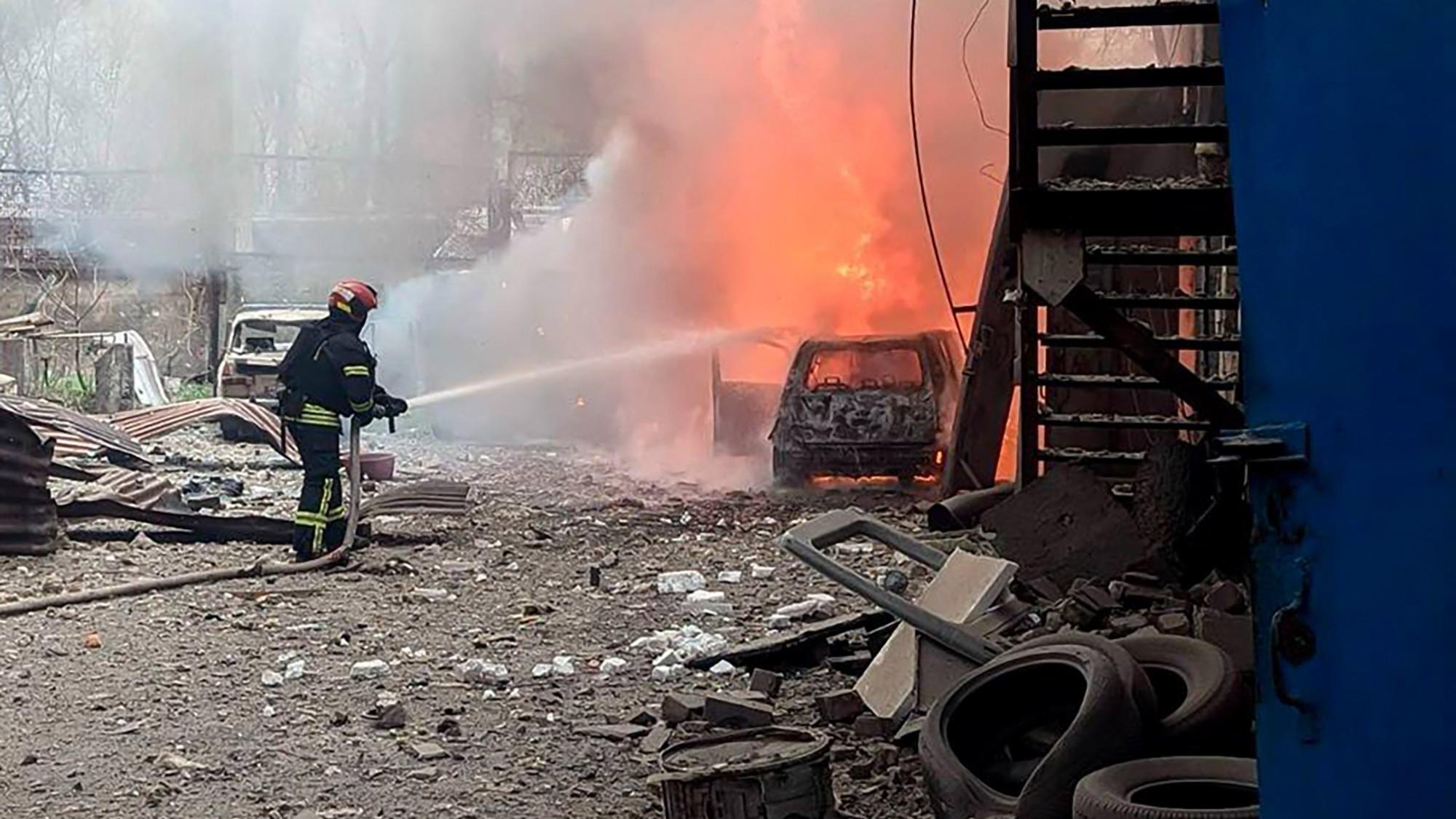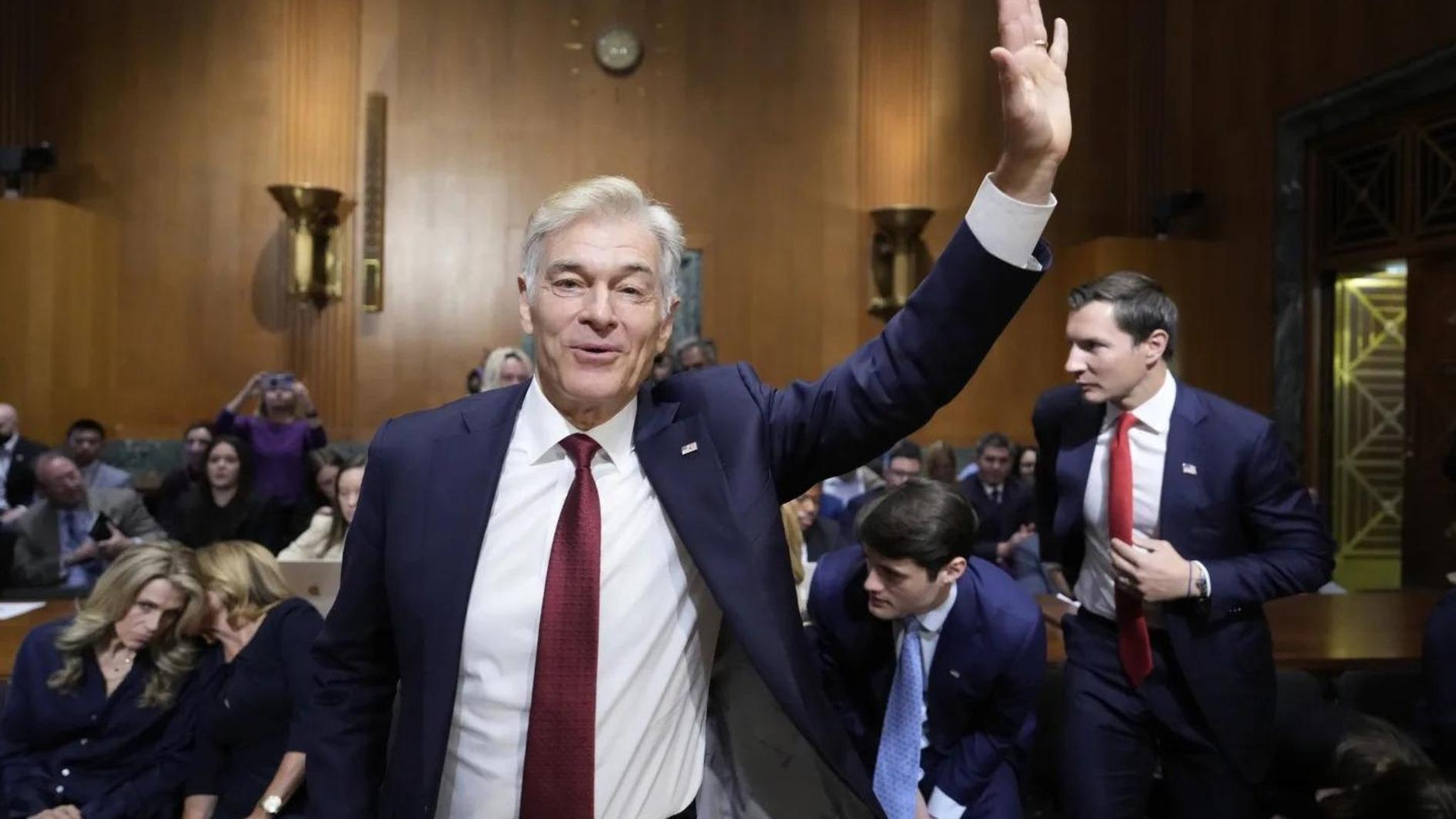New York attacker charged, could face death penalty
WASHINGTON

New York attacker Saipov faces two charges, one of which carries the death penalty if the US gov’t chooses to seek it, federal prosecutor says.
Candles are seen during a vigil for victims of the pickup truck attack at Foley Square in NYC. The suspect Saipov has told investigators he began planning the attack a year ago.
The suspect accused of killing eight people and injuring a dozen others in New York City is facing two federal charges related to the attack, and could face the death penalty, prosecutors announced on Nov. 1.
Manhattan acting US Attorney Joon Kim told reporters on Nov. 1 the first count carries a maximum penalty of life in prison, while the second would make Sayfullo Saipov eligible for capital punishment if convicted, if the government chose to seek the death penalty.
Additional or different charges could be brought later in an indictment, Kim said.
Saipov, 29, was charged with providing material support to a designated foreign terrorist organization, namely Islamic State of Iraq and the Levant (ISIL), and violence and destruction of motor vehicles, according to court documents.
U.S. President Donald Trump called on Nov. 1 for Saipov to be put to death.
“NYC terrorist was happy as he asked to hang ISIS [another widely used acronym for ISIL] flag in his hospital room. He killed 8 people, badly injured 12. SHOULD GET DEATH PENALTY!” Trump wrote on Twitter.
The U.S. president had earlier said he would consider sending Saipov to Guantanamo Bay, the US military detention center in Cuba that has been used to indefinitely hold suspected foreign jihadists, a practice that has drawn repeated criticism from rights groups.
Saipov, who was hospitalized after a police officer shot and arrested him, confessed to authorities while in custody that he began planning the attack a year ago, according to the criminal complaint filed against him.
The 10-page complaint said Saipov waived his rights to remain silent and avoid self-incrimination in agreeing to speak to investigators without an attorney present from his Bellvue Hospital Center bed in Manhattan.
In the course of that interview, the complaint said, Saipov told investigators he was inspired by ISIL videos he had watched on his cellphone, chose Halloween for the attack because he believed more people would be on the streets, and had originally planned to strike the Brooklyn Bridge as well as the bike path.
The complaint also said Saipov had requested permission to display ISIL’s flag in his hospital room and said he felt good about what he had done.
New York City police earlier in the day said that Saipov had carried out the attack according to instructions he found posted online by ISIL, on whose behalf he claimed to have acted.
Police also said Saipov had left behind a note extolling ISIL.
“The gist of the note was that the Islamic State [ISIL] would endure forever,” New York Deputy Police Commissioner John Miller told a news conference. “He appears to have followed almost exactly the instructions that ISIS has put out on its social media channels to its followers.”
Meanwhile, the Federal Bureau of Investigation posted an online wanted poster of a second Uzbekistan-born man, named Mukhammadzoir Kadirov, 32, who was described as being sought for questioning in connection with the attack along the Hudson River in lower Manhattan.
















